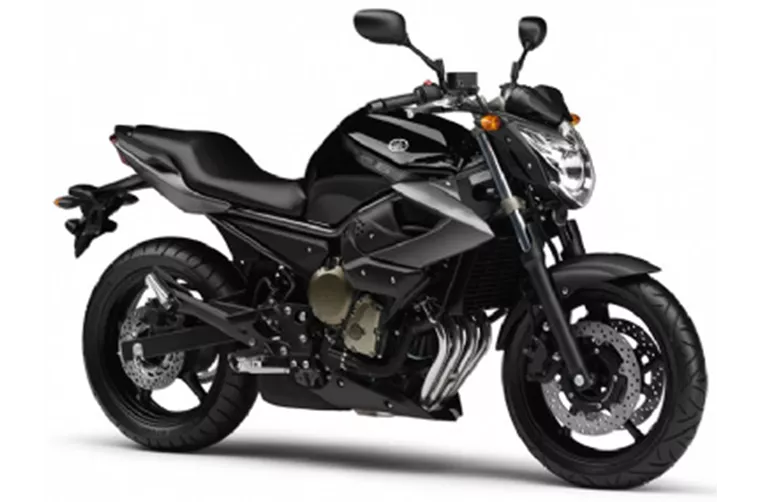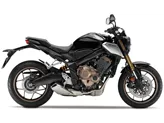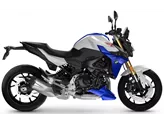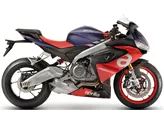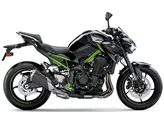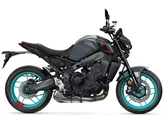Yamaha XJ6 2009 vs. Kawasaki Z900 2017

Yamaha XJ6 2009

Kawasaki Z900 2017
Overview - Yamaha XJ6 2009 vs Kawasaki Z900 2017
In terms of engine power, the Yamaha XJ6 2009 has 78 HP compared to the Kawasaki Z900 2017's 125.4 HP. This means that the Z900 has significantly more power, making it more suitable for those who prioritize speed and acceleration.
When it comes to torque, the Yamaha XJ6 2009 has 59.7 Nm while the Kawasaki Z900 2017 boasts 98.6 Nm. Again, the Z900 outperforms the XJ6 in terms of torque, providing better low-end power and acceleration.
Both bikes have 4 cylinders and liquid cooling systems, ensuring efficient heat dissipation and optimal engine performance.
In terms of displacement, the Yamaha XJ6 2009 has a 600ccm engine while the Kawasaki Z900 2017 has a larger 948ccm engine. This means that the Z900 has a larger engine, which generally translates to more power and better performance.
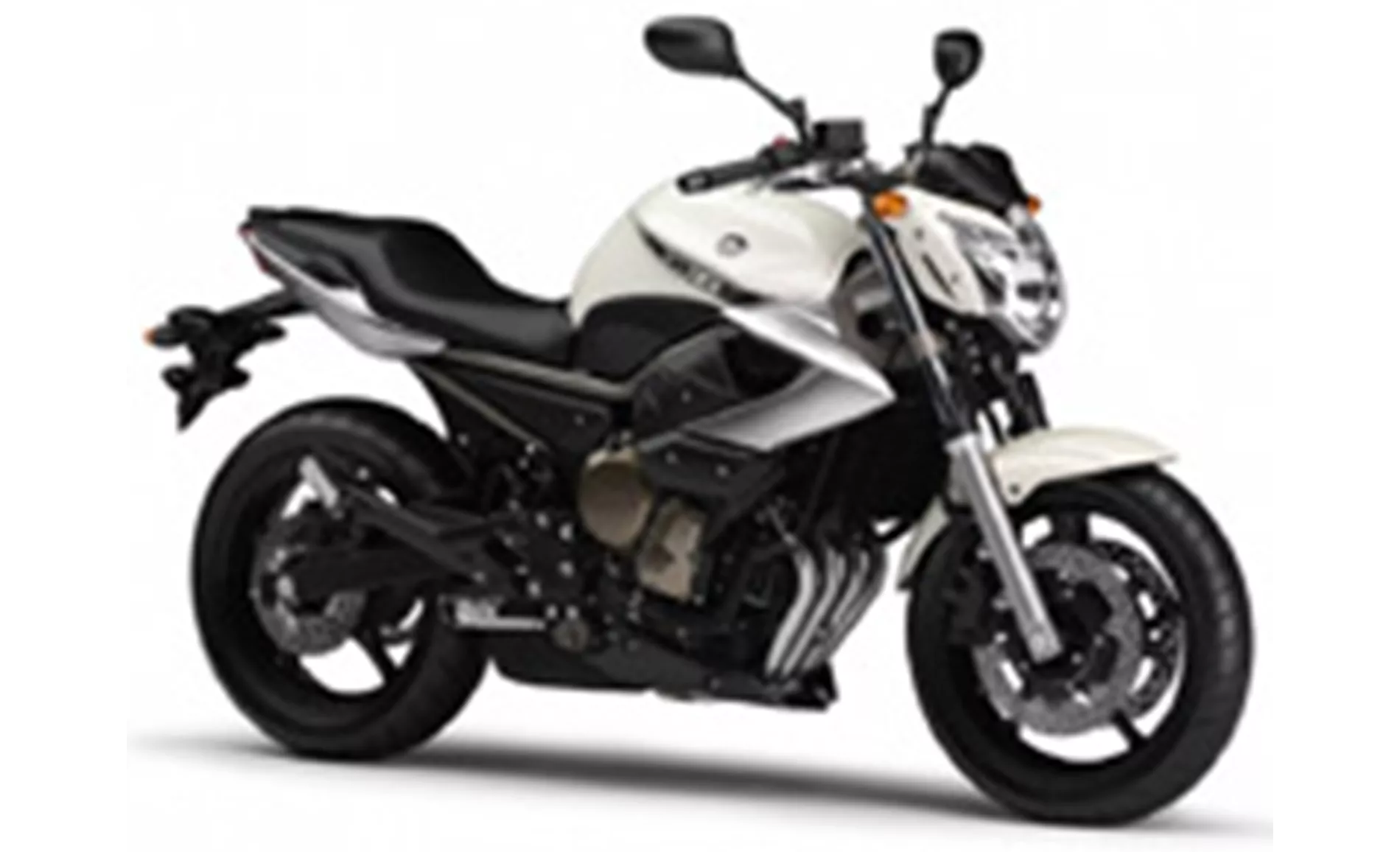
Yamaha XJ6 2009
Both bikes have front suspensions with telescopic forks, providing a smooth and comfortable ride.
In terms of the frame, both the Yamaha XJ6 2009 and the Kawasaki Z900 2017 have steel frames with a double cradle design. This ensures a sturdy and stable structure for both bikes.
Both bikes also have double disk front brakes, providing excellent stopping power and control.
In terms of dimensions and weights, both bikes have 17-inch front and rear tire diameters. The Yamaha XJ6 2009 has a wheelbase of 1440mm, while the Kawasaki Z900 2017 has a slightly longer wheelbase of 1450mm. The seat height of the XJ6 is 785mm, while the Z900 has a slightly higher seat height of 795mm.

Kawasaki Z900 2017
Now, let's move on to the strengths and weaknesses of each bike.
The Yamaha XJ6 2009 is known for its rider-friendly performance characteristics. It has an optimal clutch and offers playful, lighter handling. The seat comfort is also praised, making it suitable for long rides. In terms of aesthetics, the XJ6 has an individual look, with a young and aggressive design. The build quality is also considered high-quality. However, some weaknesses of the XJ6 include design components that are not too demanding and a torque development that may not be as impressive as some other bikes in its class.
On the other hand, the Kawasaki Z900 2017 is known for its ingenious nakedbike chassis and superb looks. The engine of the Z900 responds super fine, revs up willingly, and has a perfectly dimensioned torque. It offers an optimum intersection of performance, price, and practical use. However, one weakness of the Z900 is that the knee angle may be very narrow for tall people, so it may be necessary to order another seat for improved comfort.
In conclusion, the Yamaha XJ6 2009 and the Kawasaki Z900 2017 are both powerful and reliable naked bikes. The Z900 outperforms the XJ6 in terms of engine power, torque, and displacement. However, the XJ6 offers rider-friendly performance characteristics and comfortable seating. The Z900 has an ingenious chassis and superb looks, but tall riders may need to consider ordering a different seat for improved comfort. Overall, both bikes have their own strengths and weaknesses, and the choice between them will depend on individual preferences and priorities.
Technical Specifications Yamaha XJ6 2009 compared to Kawasaki Z900 2017
Pros and Cons in comparison
Pros and Cons in comparison
Yamaha XJ6 2009
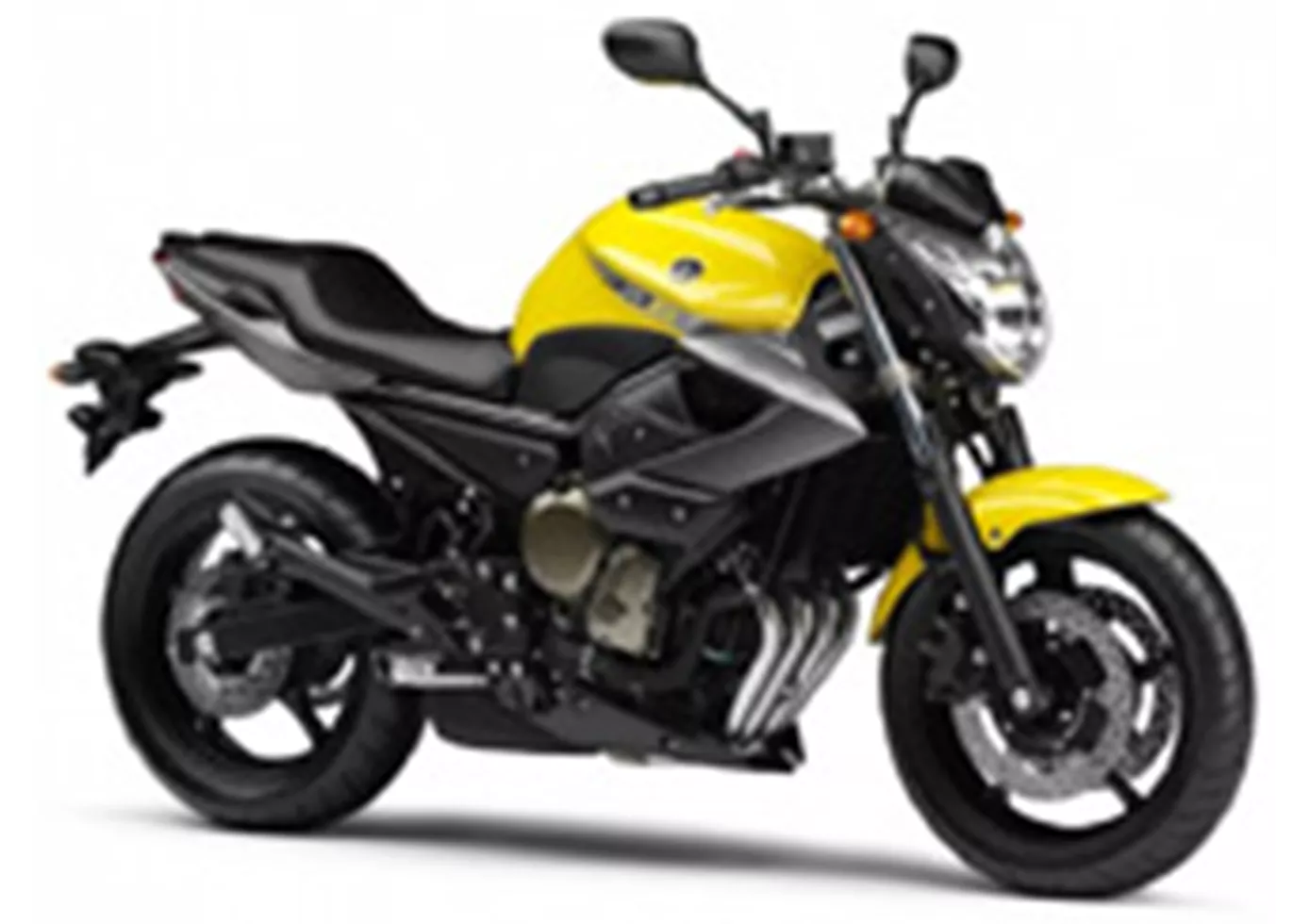
Despite the common basis, the XJ appears much younger and more aggressive. A mid-cass motorbike that by no means makes you feel mid-range. Except for the swingarm, the motorbike appears quite high-quality and cool. The bike is a little easier to handle than the Diversion.
Kawasaki Z900 2017

An incredibly well-designed motorbike. A lot of test work and attention to detail went into it. It has exactly the right power, exactly the right chassis and exactly the right look. An all-round successful naked bike that will make you happy for a long time. If you like, you can ride it simply and faithfully, but if you want, you can also ride it really fast and it wheels like hell. Great!
Price Comparison Avarage Market Price Yamaha XJ6 vs Kawasaki Z900
There are a few key differences between a Yamaha XJ6 2009 and a Kawasaki Z900 2017. In terms of price, the actual average price of a Kawasaki Z900 2017 is about 113% higher. A Yamaha XJ6 2009 experiences a loss of 200 USD in one year and 20 USD in two years of ownership. This is offset by a loss of 520 USD and 920 USD for a Kawasaki Z900 2017. Compared to Kawasaki Z900 2017 there are less Yamaha XJ6 2009 bikes available on the 1000PS.de Marketplace, specifically 6 compared to 43. It takes less time to sell a Yamaha XJ6 with 31 days compared to 85 days for a Kawasaki Z900. Since model year 2009 1000PS.de editors have written 4 reviews for the Yamaha XJ6 and 46 reviews for the Kawasaki Z900 since model year 2017. The first review for the Yamaha XJ6 was published on 11/13/2008 and now has more than 21,900 views. This compares to more than 93,200 views for the first review on Kawasaki Z900 published on 11/11/2016.


